Boosting your website to that coveted number one spot on Google’s search results page in 2023 is a mighty goal. However, it isn’t impossible ?. Achieving a top Google rank can transform your digital platform into a buzzing hive of engagement and interaction. Through niche-specific strategies, such as optimizing for local searches in the food industry or leveraging long-tail keywords in the tech sector, you can skyrocket your website’s visibility ?. Here are the steps:
- Refine On-Page SEO
- Build High-Quality Backlinks
- Develop Relevant, Engaging Content
- Improve Site Performance
- Maintain Mobile-First Design
- Regularly Update Content

Master these steps, and soon enough, you’ll be basking in the digital limelight. But don’t stop there! Maximizing user engagement and conversion rates are equally crucial. Plerdy, a fantastic tool for Conversion Rate Optimization (CRO) and User Experience (UX), can give you valuable insights to elevate user engagement, ensuring your site doesn’t just rank at the top but also delivers an exceptional experience to your visitors. So gear up, embark on your digital journey, and aim for Google’s prime position. ?
1. Understanding Google’s 2023 Algorithm
As we delve into the intricacies of Google’s 2023 algorithm, we notice marked shifts in how websites gain premier rankings. The process isn’t an easy walk in the park—it requires a strategic approach infused with top-notch techniques tailored to meet specific updates in the algorithm.
- Consider the rise of voice search, which has morphed the landscape of keyword optimization. Websites focused on the e-commerce niche now optimize for colloquial, conversational keywords to stay on top of the game.
- There’s also the page experience factor—embracing the algorithm’s emphasis on core web vitals, sites with superior loading speed and interactive user interface are soaring the rank ladder swiftly.
- Moreover, Google’s algorithm now understands user intent more accurately—meaning websites delivering personalized content tailored to match user queries receive an upper hand in the search results.
- Additionally, sites that facilitate user journey through well-crafted internal linking strategies are enjoying boosted visibility in Google’s search results.
Staying in sync with these algorithm nuances is paramount to bolster your site’s performance and secure a spot on Google’s first page. Strive to make your website a shining star in the search galaxy, navigating the digital space with finesse and dynamism to secure those high-ranking spots. Every algorithm twist brings an opportunity to strengthen your strategies—capitalize on these to cement your top-tier rank. Remember, the goal is not just to rank but to provide value that invites Google to perceive your site as a go-to resource.
2. Emphasizing on Keyword Research

In the landscape of Google page rankings, keyword research plays a pivotal role. It’s the engine that drives your website’s visibility, drawing the blueprint for your SEO strategy.
Imagine a fitness blog trying to secure top spots in Google search. With proper keyword research, they uncover search terms like “quick home workouts” or “vegan protein sources” frequently used by their audience. By incorporating these in their content, they place themselves directly in the sightline of their target demographic, strengthening their chances to rank higher.
Likewise, an e-commerce site specializing in vintage watches might discover that “1950s Rolex watches” or “antique Omega watches” are hot search commodities. By aligning their product descriptions and blog posts with these keywords, they increase their visibility on Google search, thus improving the likelihood of their website appearing on the first page.
Key aspects of keyword research include:
- Identifying high-volume search terms relevant to your niche.
- Analyzing competition level for your target keywords.
- Uncovering long-tail keywords to cater to specific audience queries.
- Keeping up-to-date with industry jargon and trending topics to discover fresh keywords.
Harness the power of keyword research—unearth the terms your audience uses and stitch them into the fabric of your content. This process could serve as the stepping stone for your journey to the top ranks in Google search results.
3. Effective Implementation of Keywords
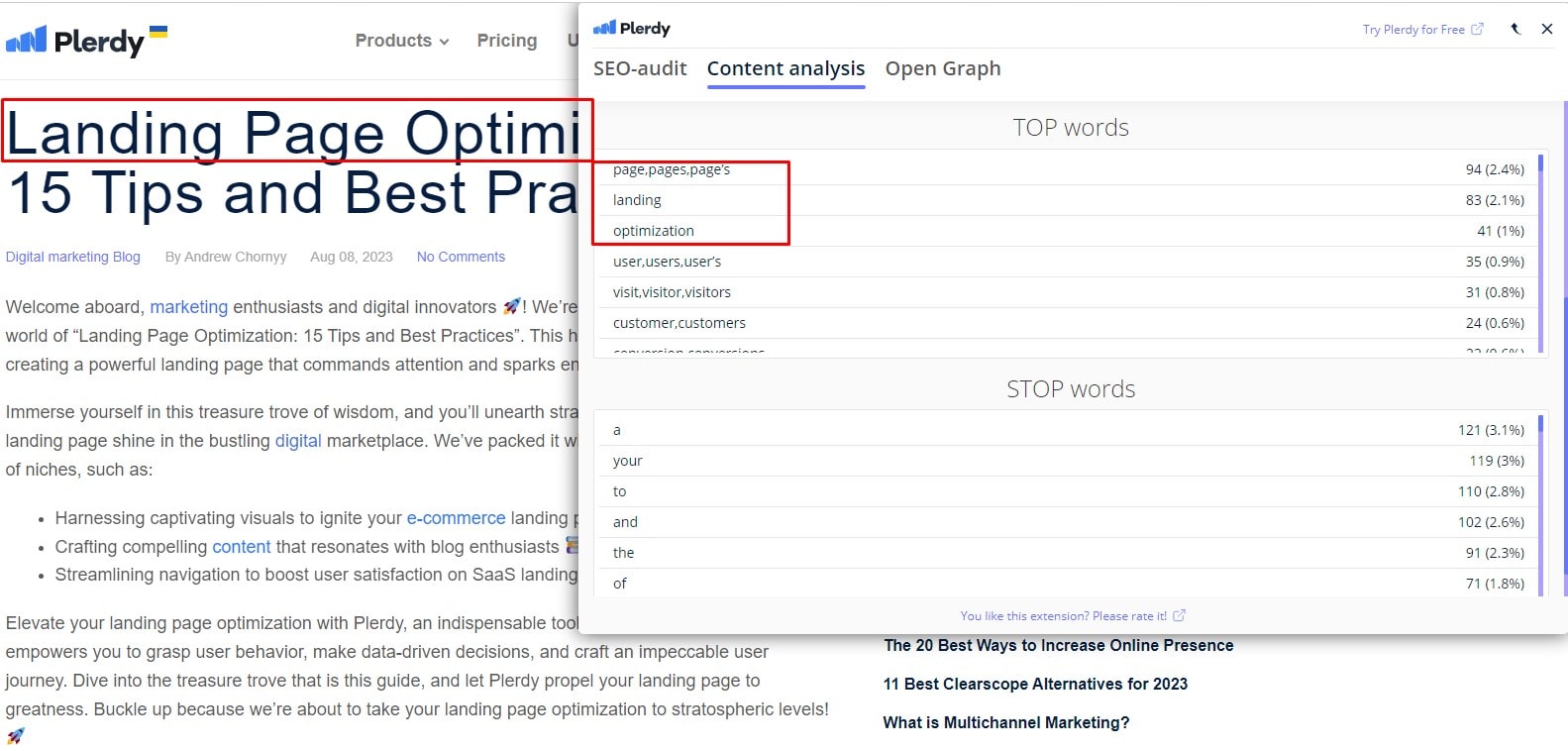
Nailing keyword research is just one half of the battle—the real challenge lies in deploying those keywords effectively across your website. Let’s take an example of a tech blog aiming to rank on Google’s first page. They’ve identified “AI trends 2023” as a high-volume keyword. The next step is the strategic placement of this keyword across their content—title tags, meta descriptions, alt texts, and within the body text itself.
Similarly, a baking supplies e-commerce site might find “gluten-free baking ingredients” as a prime keyword. It’s crucial to weave this term seamlessly into product descriptions, headlines, and SEO titles to enhance their search visibility.
Essential steps for effective keyword implementation include:
- Fitting keywords organically into your content without compromising readability.
- Strategically placing keywords in title tags, meta descriptions, and alt texts.
- Ensuring keyword density does not verge into the territory of keyword stuffing.
- Using long-tail keywords within blog posts to answer specific audience queries.
Remember, the end game isn’t just about achieving top ranks on Google—it’s about offering valuable, keyword-rich content that serves your audience’s needs and queries.
4. Prioritizing On-Page SEO Techniques

Putting a spotlight on On-Page SEO techniques can make all the difference in your website’s journey to the coveted first page of Google search results. On-Page SEO is the soul of your website’s visibility—it’s the behind-the-scenes choreography that influences how search engines perceive your page.
Consider a digital marketing agency striving to rank for “best digital strategies 2023”. Here, On-Page SEO techniques play a crucial role. The page title could incorporate the keyword, the meta description might pique curiosity about these strategies, and the header tags could categorize different digital trends of the year.
In a different niche, let’s take a travel blog trying to rank for “top destinations 2023”. Here, the effective use of alt text in images of these destinations, internal linking to related posts, and an enticing meta description all come together to create a harmonious On-Page SEO symphony.
To optimize your On-Page SEO, consider these practices:
- Crafting engaging, keyword-rich meta descriptions and title tags.
- Harnessing the power of header tags for content organization.
- Leveraging alt text in images for better search engine understanding.
- Building a network of internal links for improved navigation.
Your website is your digital storefront—optimizing every corner of it enhances your chances of visibility on Google’s first page. It’s not just about getting there—it’s about utilizing strategic techniques to consistently maintain that high rank.
5. Paying Attention to Meta Tags
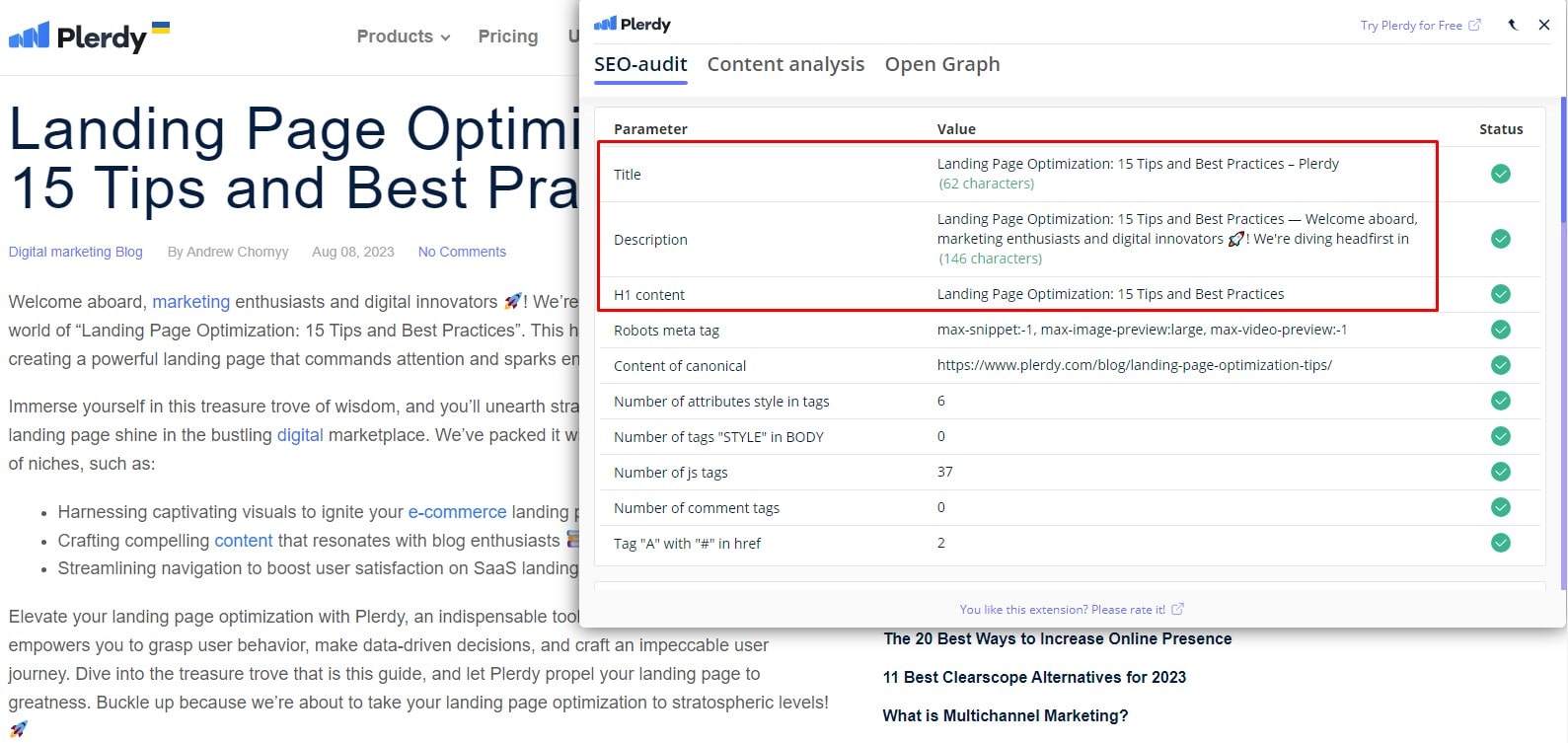
Meta tags offer a glimpse into your website’s content—they’re like mini-advertisements that can make or break your click-through rates in Google search results. Let’s say you have an online bookstore aiming to rank for “best summer reads 2023”. A compelling meta description that highlights the uniqueness of your collection could draw in more readers, increasing the chances of your website’s page appearing high in the search results.
In a different scenario, a fitness blog striving to rank for “effective home workouts” might benefit from crafting meta tags that entice readers by hinting at easy-to-follow, high-impact routines within the post.
For a robust implementation of meta tags, consider these steps:
- Construct an engaging title tag that directly incorporates your targeted keywords.
- Draft a concise meta description that summarizes your content compellingly and piques curiosity.
- Utilize meta keywords to indicate to Google the relevance of your content—though less critical, they still contribute to your SEO strategy.
- Implement Open Graph tags and Twitter cards to optimize how your pages are shared on social media.
Placing meta tags at the forefront of your SEO strategy can assist your website’s quest for the coveted top spots on Google. It’s not just about securing a rank—it’s about magnetizing users to click on your page in a sea of search results.
6. Perfecting Page Titles and Headings
Perfecting page titles and headings is akin to setting a captivating stage for your audience. These elements serve as signposts guiding your visitors and search engines through your content.
Consider an e-commerce site aiming to rank for “affordable tech gadgets 2023”. An aptly crafted title—”Unbeatable Tech Gadgets of 2023: High Quality, Low Cost”—could improve the page’s rank. Similarly, for a food blog vying for the spot in the search results for “vegan recipes 2023″, a compelling title might be—”Savor 2023 With These Exciting Vegan Recipes”.
When working on your titles and headings:
- Incorporate your main keyword in a manner that doesn’t disrupt the natural flow.
- Keep the title concise yet descriptive for maximum impact.
- Create a logical hierarchy with your headings to enhance readability.
The science behind page titles and headings transcends SEO—it’s about crafting a user experience that hooks readers from the first glance. Mastering this subtle art can edge your website closer to the high ranks on Google’s search pages, ensuring your content doesn’t drown in the digital sea.
7. Optimizing Images and Multimedia for SEO
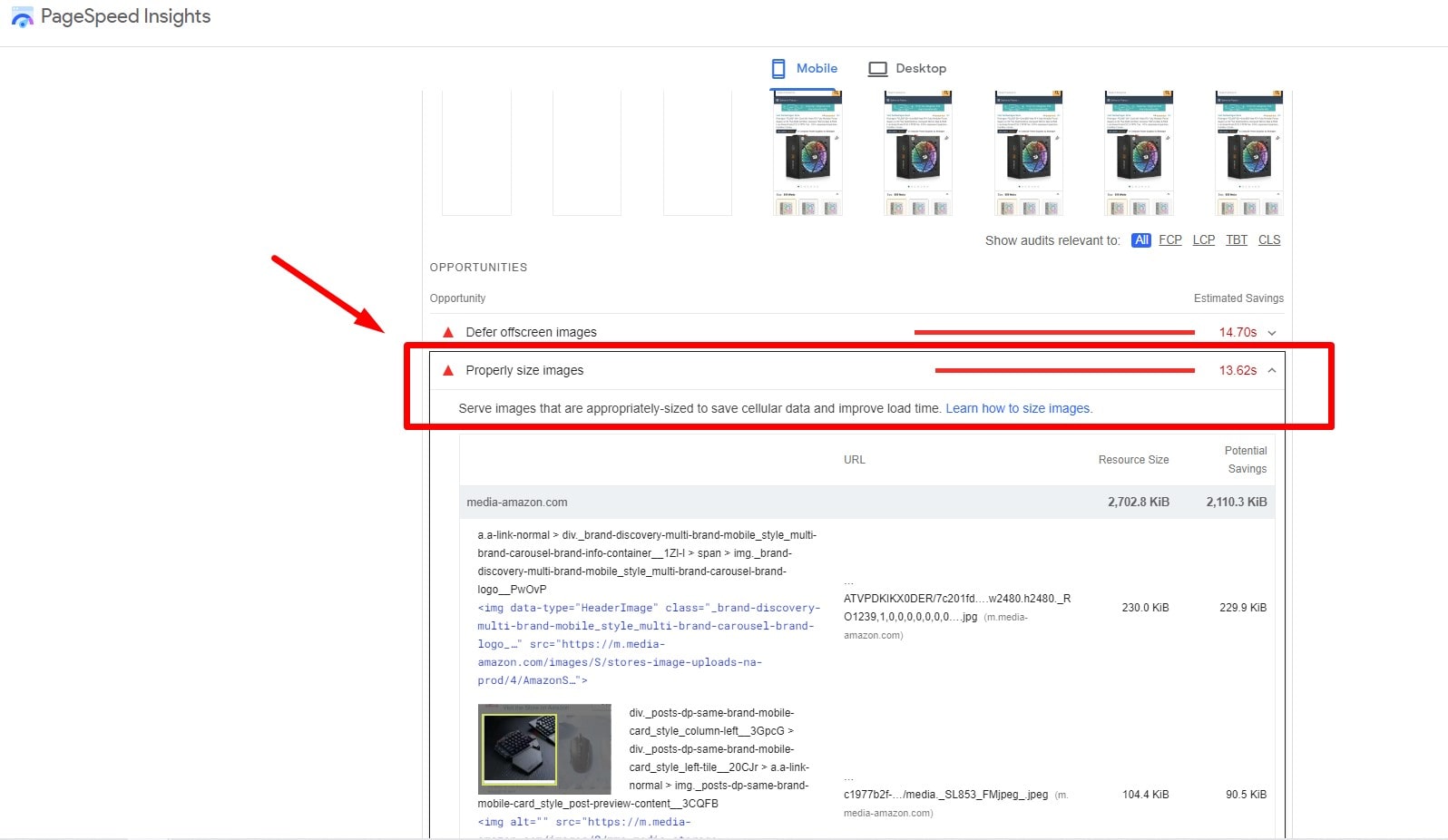
Images and multimedia—when optimized—can amplify your website’s search visibility. Picture a travel blog aspiring to rank for “best vacation spots 2023”. Stunning, well-optimized visuals could lead Google to feature the site in image search results—driving more traffic.
Likewise, for a culinary website trying to make its mark for “cooking tutorials 2023”, engaging video content, suitably optimized, could add to the page’s rank on Google.
To optimize your multimedia content, consider:
- Using descriptive file names with targeted keywords.
- Including alt tags for images, providing context for search engines.
- Optimizing image size for speedy loading—quicker pages rank higher.
- Embedding videos from your own YouTube channel to boost its visibility.
Emphasizing on multimedia SEO is like painting a captivating mural—it’s not just about the colors you choose but how you blend them to create a masterpiece. By streamlining the multimedia aspects of your SEO strategy, you’ll not just be climbing the Google rank ladder but also crafting an engaging user experience—opening doors for your page to be the first pick in search results.
8. Embracing Mobile SEO

Mobile SEO is no longer a bonus but a necessity. The majority of online traffic originates from mobile devices. Google takes a mobile-first approach when ranking web pages, meaning that mobile optimization is crucial.
Consider an online bookstore that recently optimized for mobile. It witnessed a surge in traffic as visitors browsed through e-books comfortably on their mobile devices. Not only did this lead to higher conversions, but it also boosted their website’s Google rank.
To embrace mobile SEO, follow these practices:
- Make sure your website is mobile-friendly: Responsive design ensures a seamless experience on any screen size.
- Keep page load time minimal: Fast-loading pages are favored by mobile users and Google’s algorithm.
- Keep ease of navigation a priority: A site that’s easy to navigate can reduce bounce rates and improve dwell time – factors Google considers.
Mobile SEO is like a open highway, guiding your website through the bustling traffic of search results to the front page of Google. By prioritizing mobile optimization, you set your website up to be user-friendly and attractive to search algorithms, driving your rank up and bringing your page into the spotlight.
9. Capitalizing on Mobile-First Indexing
Google’s mobile-first indexing can be a golden opportunity to scale the heights of search result rankings. Your website’s performance on mobile devices is the yardstick Google uses to determine your site’s ranking.
Take, for instance, a popular culinary blog that has capitalized on mobile-first indexing. The blog’s mobile-optimized, easy-to-navigate recipe pages, combined with a trove of high-quality photos, led to a significant boost in user engagement and, subsequently, a higher Google rank.
To capitalize on mobile-first indexing:
- Ensure a responsive design: The website should render effectively on different screen sizes.
- Optimize loading speeds: Compress images and streamline code to speed up loading times on mobile devices.
- Prioritize user-friendly navigation: Arrange your content so it’s easy to navigate on mobile.
When you optimize your site with mobile-first indexing in mind, your website’s rank on Google’s search results page is poised for improvement. The ripple effect will be a more visible website on Google’s search results, standing out from the competition. You’re not just racing towards higher visibility, but you’re also tailoring a user experience that’ll keep visitors coming back.
10. Mastering Off-Page SEO Techniques
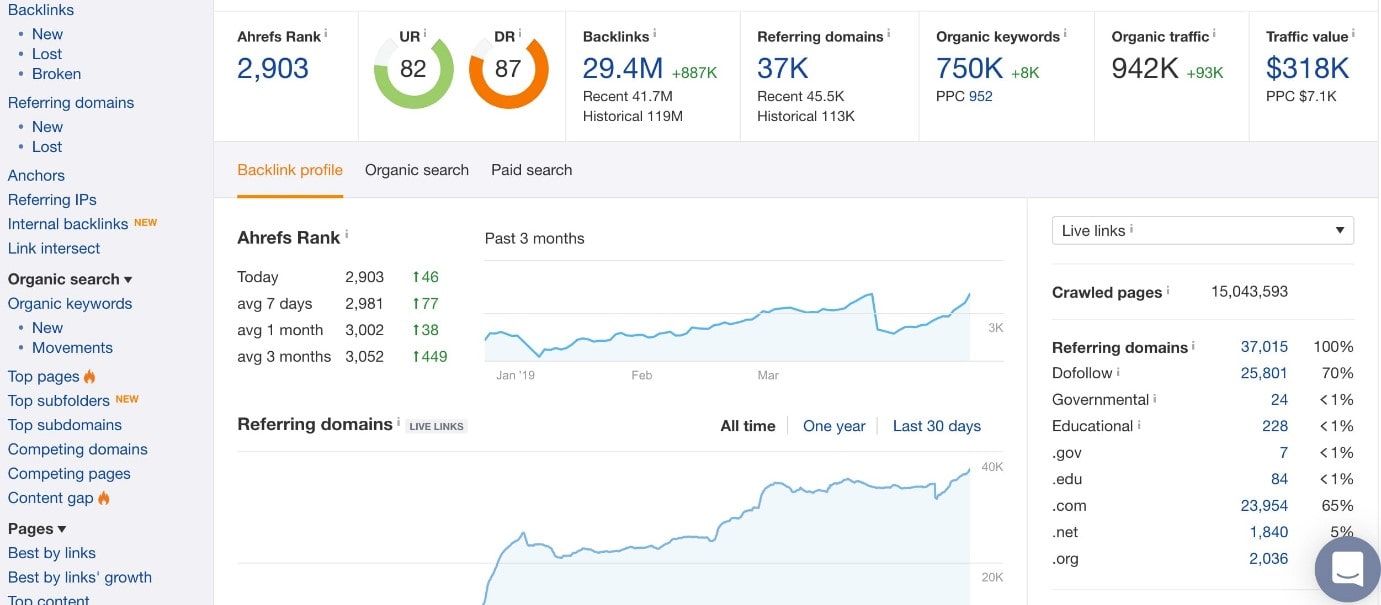
Off-page SEO represents a crucial part of the digital marketing puzzle. Fine-tuning this aspect can lead to a significant leap in your website’s Google rank. The journey to the summit of search results isn’t always straightforward, but the rewards are plentiful.
For instance, a renowned fashion blogger increased her website’s visibility by employing off-page SEO techniques. By building high-quality backlinks and engaging with her audience on social media, her website climbed Google’s search pages, resulting in a remarkable rise in traffic.
Mastering off-page SEO involves:
- Building quality backlinks: Establish relationships with reputable sites. Guest blogging, for instance, can be a fruitful strategy.
- Social media engagement: Share your content on various platforms to drive traffic to your website.
- Online reputation management: Monitor what’s being said about your brand online and respond appropriately.
When you pull out all the stops in your off-page SEO strategy, you set your website up for improved Google rankings. Not only do you edge out your competition in the search results, but you also foster an online community eager to engage with your content. By placing equal emphasis on on-page and off-page SEO, your website is on the fast track to enhanced visibility and organic growth.
11. Understanding the Role of Backlinks
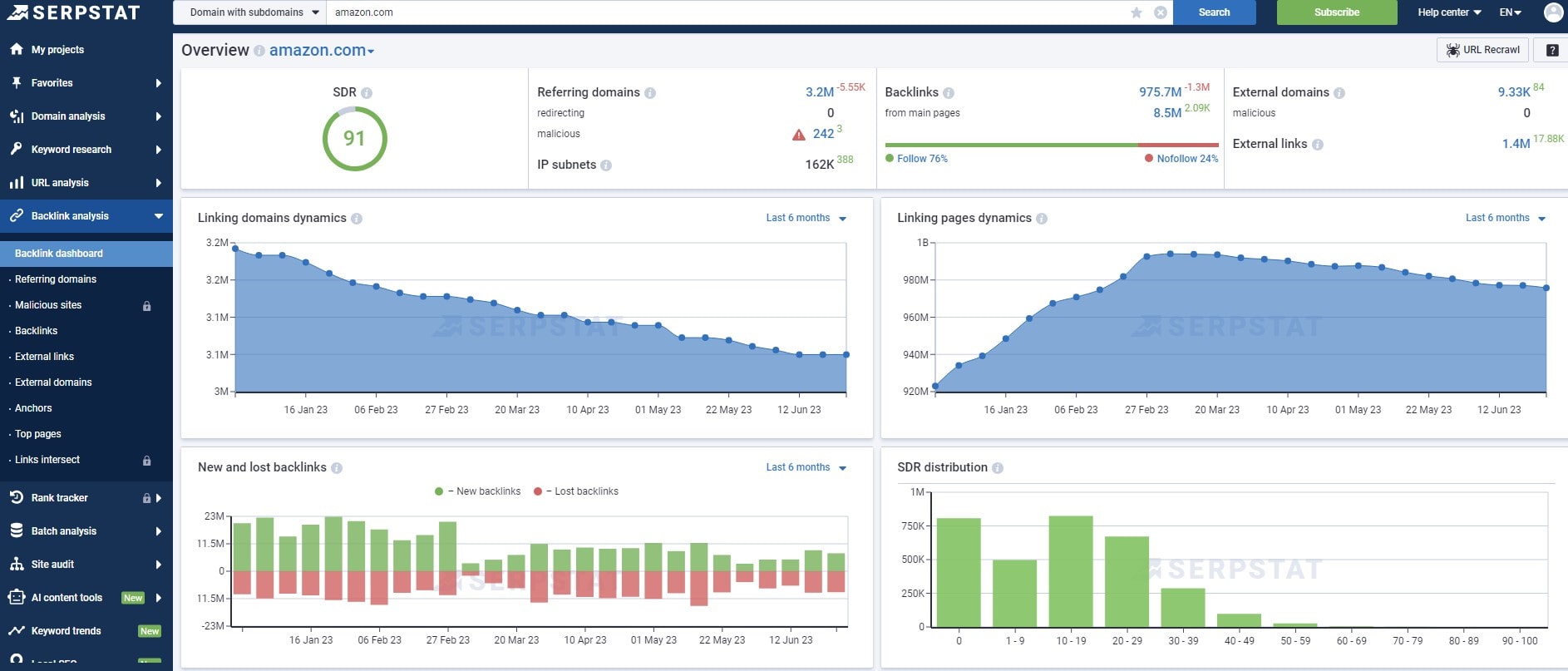
Backlinks serve as digital recommendations, quietly signaling to Google your website’s reliability. They significantly influence your site’s rank, pushing your page upwards in search results. Through earning backlinks from respected sources in the culinary industry, it saw its Google rank and organic traffic surge.
The process of gaining backlinks involves three critical strategies:
- Developing riveting content: This is a natural magnet for backlinks as other websites and users find it valuable.
- Engaging in guest blogging: Create posts for other websites and subtly weave in a link to your site.
- Harnessing the power of broken links: If you find a broken link on another website, suggest replacing it with one of your links leading to relevant content.
In the online sphere, backlinks act as stamps of approval. A strategic backlink can turbocharge your site’s reputation, enhancing your visibility on Google’s search pages. A handful of solid backlinks from authoritative sources carry more weight than an array of links from lesser-known sites. With a dedicated focus on earning high-value backlinks, you’re paving the way for your page rank to rise.
12. Harnessing the Power of Social Signals
Social signals – likes, shares, comments, tweets – are potent tools in your SEO arsenal, directly impacting your website’s rank on Google’s search pages. A fashion retailer, for example, saw their page catapult to the top of search results when they leveraged Instagram’s influence.
Harnessing social signals involves:
- Sharing engaging content: Not only posts about your products or services but also information, tips, and insights that resonate with your audience.
- Encouraging user interaction: Ask your followers to share their experiences with your brand, inviting more engagement.
- Consistently remaining active: Regularly update your social profiles, keeping the conversation alive.
In a digital landscape where social media reigns supreme, understanding social signals and their impact on Google rank is indispensable. Social signals draw in more traffic, helping your website gain prominence in search results. A brand that sparks lively conversations fosters active communities, and cultivates strong relationships on social platforms is destined to see a surge in its page rank. Remember, every like every share, every tweet counts – they’re all telling Google that your website is worth checking out.
13. Producing High-Quality Content
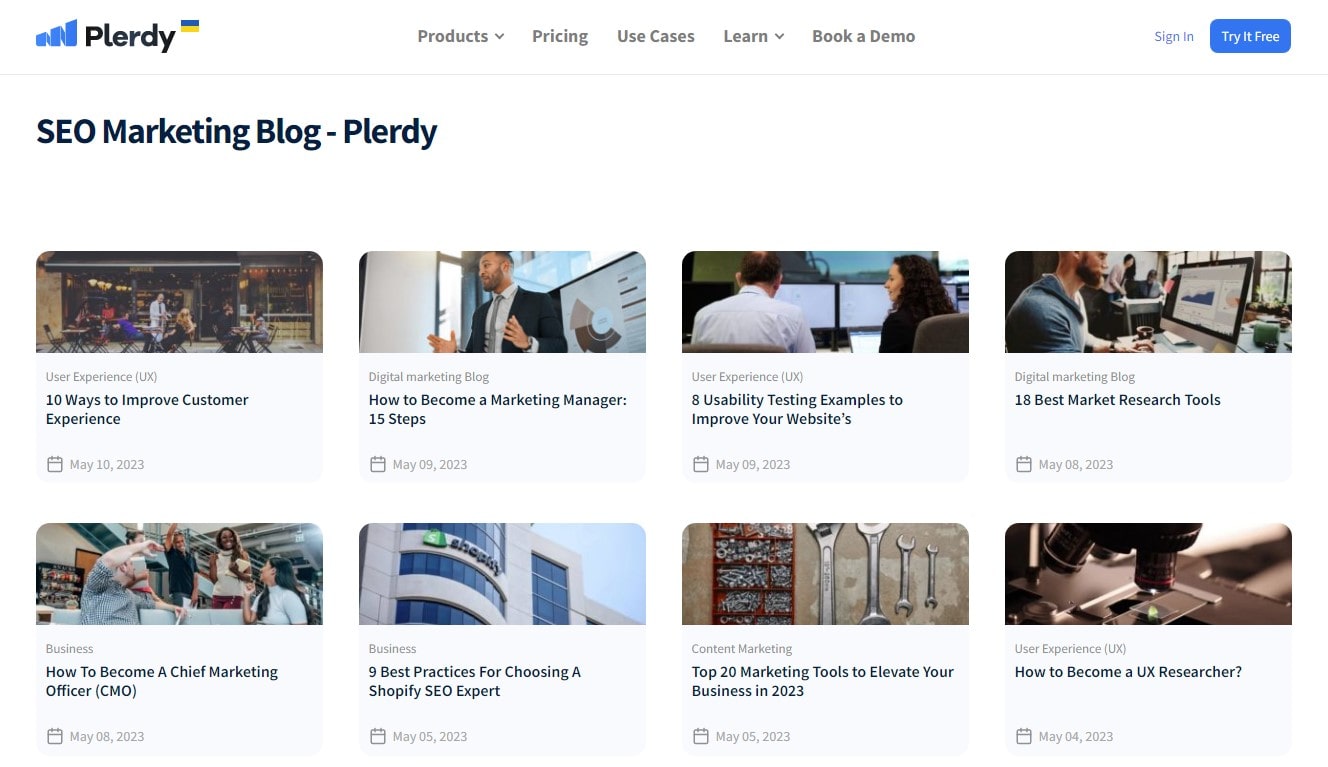
The dynamic of producing high-quality content requires more than well-written text. It’s a robust process, keen on user relevance and value that fosters significant improvements in rank, amplifies website traffic, and optimizes search visibility on Google’s page.
Take the example of a renowned travel blog. Their captivating stories, practical tips, and stunning visuals are an exemplary blend of quality and relevance, pushing them up in search results.
Strategies to create such content are:
- Understanding your audience: By identifying their needs, you can tailor content that speaks directly to them, boosting user engagement.
- Providing real value: Offer solutions, answer questions, share knowledge – all rooted in your expertise.
- Emphasizing originality: Duplicating content undermines your credibility. Instead, stand out with unique insights.
High-quality content fosters a compelling digital landscape where user satisfaction is the main driving force. This engagement results in increased website traffic, which, in turn, helps your website climb the ranks on Google’s search page. So, keep focusing on quality, as that’s what sets a website apart in the vast sea of the internet, giving it the much-desired visibility. SEO is not just about keywords – it’s about providing value and ensuring that every visitor leaves your site enriched and enlightened.
14. Implementing Effective Content Marketing Strategies
Successful implementation of content marketing strategies pivots on creativity, precision, and user-focused orientation. When executed effectively, these strategies facilitate an elevated rank, draw in more traffic to your website, and optimize search visibility on Google’s page.
Consider an eco-conscious lifestyle blog that uses engaging, data-driven posts and enlightening how-to guides to draw in their audience. Their strategy primarily hinges on:
- User-Personas: Developing clear audience profiles helps craft tailored content that resonates with your target demographic, fostering stronger connections.
- Content Calendar: This tool streamlines your content creation process, allowing you to plan ahead, maintain consistency, and effectively tackle trending topics.
- Diverse Content Types: Mix up your content format – articles, infographics, videos, podcasts – to keep things fresh and appealing.
- Data-Driven Decisions: Utilize analytical tools to track content performance, adjust strategies as needed, and ensure you’re on the right path.
The real essence of content marketing lies in providing value. High-quality, engaging content that offers solutions and adds to your users’ knowledge can propel your website to the forefront of Google’s search page. Consequently boosting your rank and extending your digital reach. And with the right strategies, you can tap into this potential.
15. Focusing on Technical SEO

To achieve a solid rank, boost your website visibility, and excel on Google’s search page, giving due attention to technical SEO is paramount. Picture this – an e-commerce website, banking on high-quality products and enticing descriptions, but faltering due to poor website loading times and lack of mobile optimization.
Technical SEO is the engine that powers your website’s performance. These considerations can make a significant difference:
- Page Load Speed: A speedy website enhances user experience, reducing bounce rates and elevating your position on the search results page.
- Mobile Optimization: With mobile browsing on the rise, ensure your website is mobile-friendly to capture this broad user base.
- XML Sitemap: Providing Google with an easy-to-navigate map of your website aids in more efficient indexing.
- Secure Sockets Layer (SSL): An SSL certificate enhances your website’s security and also improves your rank in search engine results.
Navigating technical SEO may seem daunting, but the benefits it brings to the table are hard to ignore. With a technically sound website, you pave the way for better user experience, improved visibility on Google, and a robust rank boost. The power of technical SEO, once harnessed, can indeed bring forth digital success.
16. Enhancing Website Architecture
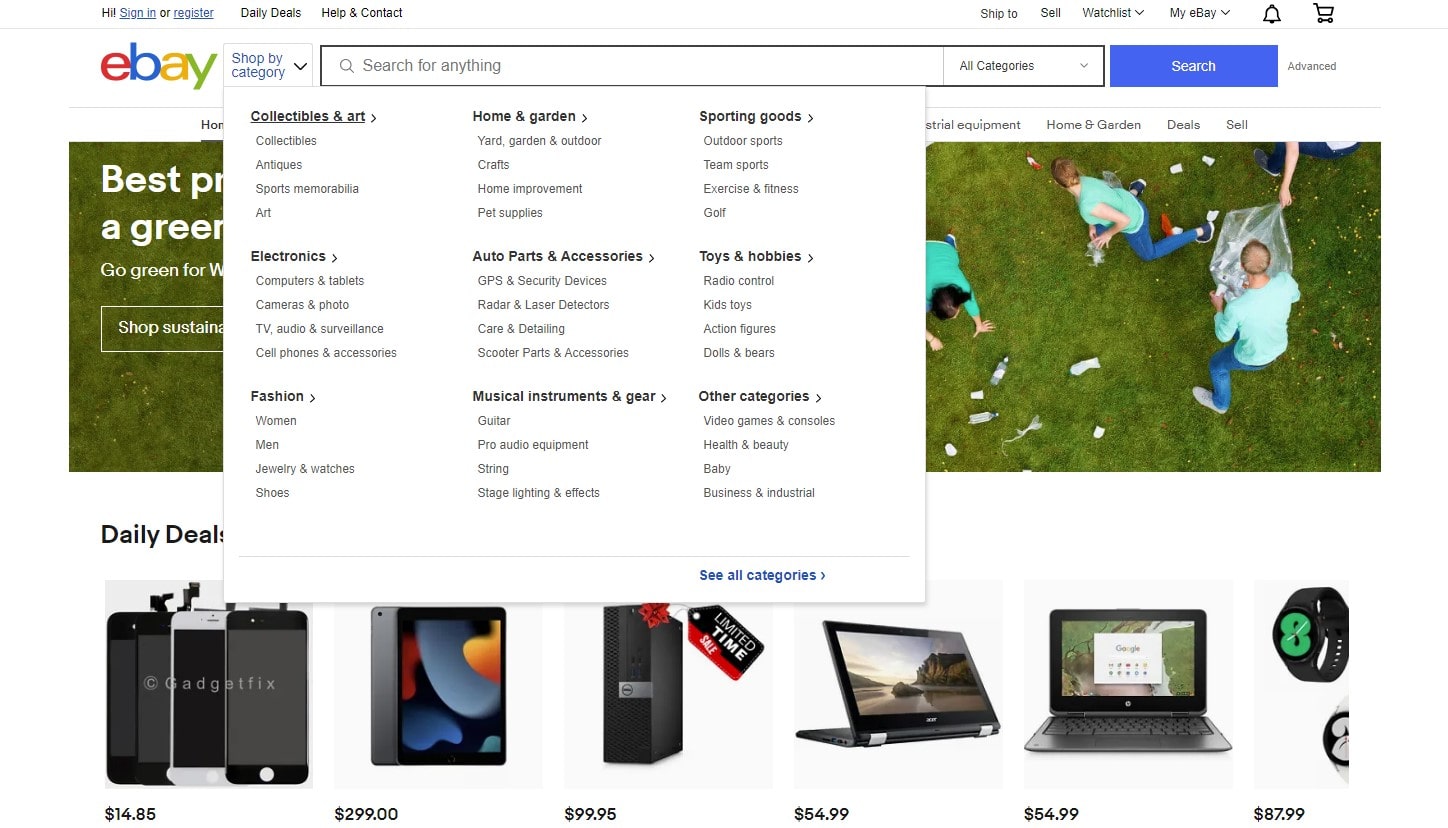
Website architecture serves as the framework for your digital platform – a well-structured architecture paves the way for enhanced visibility on Google, a boost in page rank, and optimised search results. A prime example lies within the blogging niche, where a well-structured blog architecture leads to an easy flow of information for the user, improving dwell time and subsequently boosting search performance.
Key aspects to enhance website architecture include:
- Hierarchical Structure: Organize your content in a top-down approach – broad categories leading to specific subtopics. This structure aids Google in understanding your content better, boosting your rank.
- Internal Linking: Internally linking relevant pages on your website improves navigation, keeps users engaged longer, and boosts your website’s visibility.
- User-Friendly URLs: Clean, descriptive URLs can enhance user experience and assist Google in indexing your site.
Investing time in crafting a robust website architecture can pay off in dividends. As it stands, a sound structure helps Google and users navigate your site effortlessly, which can yield better rank and search results. The interplay between a sturdy website architecture and SEO can indeed catapult your digital platform into the limelight.
17. Improving Site Speed
A crucial yet often overlooked aspect of any successful website is its speed. Even in niche markets like online retail, a delay as small as a second can mean the difference between a bounce and a conversion. Google also takes speed into account when determining page rank, thereby affecting your search visibility.
To turbocharge your site speed, consider the following strategies:
- Optimize Images: Compress and resize images to ensure they don’t bog down your page load times.
- Minify Code: Eliminate unnecessary characters from your site’s code – spaces, commas, or other unnecessary elements.
- Enable Browser Caching: This stores part of your website on the user’s device, significantly reducing load times on subsequent visits.
Google’s emphasis on user experience puts the spotlight on speed. A swift website not only improves user engagement and CR but also stands a better chance of gaining a favourable rank. In essence, the fast track does lead to the top of the search results page.
18. Implementing Schema Markup for SEO

In the search for an edge in website rank, Schema Markup comes to the rescue, serving as an effective way to boost your site’s visibility on Google’s search results page. This language of search engines is a powerful tool for helping your site stand out.
By employing Schema Markup, you give Google a deeper understanding of your page content, which allows it to present users with richer search results. Take the hospitality industry as an example – a hotel website employing Schema Markup can highlight amenities, star ratings, and pricing directly in search results.
Adding Schema Markup to your SEO arsenal is not as daunting as it might seem. Here’s a simple way to get started:
- Identify Schema types applicable to your content.
- Use Google’s Structured Data Markup Helper to generate the required code.
- Add the generated code to your webpage.
- Test your markup using Google’s Structured Data Testing Tool.
By capitalizing on Schema Markup, you are essentially fine-tuning your website’s communication with search engines.
Conclusion
With an understanding of achieving a top Google rank and securing a spot on the coveted first page in 2023, it’s time to put those skills to work. The journey doesn’t end at simply achieving the top rank ?. Businesses should constantly evolve their digital strategies to persist in maintaining their SERPs. Moreover, you’ll need to tackle your competitors and enter the ring of constant analysis and adjustment.
Optimize your landing page, monitor analytics, and read through the reports. Google updates its algorithms frequently, and staying on top requires adaptability. Constant updates to your SEO tactics, like refining keywords or improving backlink quality, can help maintain that top Google rank ?.
Here’s where the Plerdy tool jumps into the fray. Its fantastic SEO & UX analysis features provide insights into your website’s performance. Be it session analytics or advertising effectiveness, Plerdy offers a holistic view of your website’s performance. Your SEO tactics may get you to the top, but tools like Plerdy ensure you stay there. It’s not a one-day job; it’s a continuous journey. So, keep up the good work and never stop improving! ?
